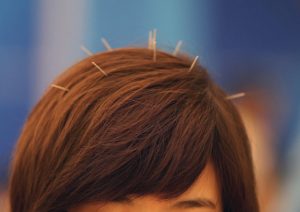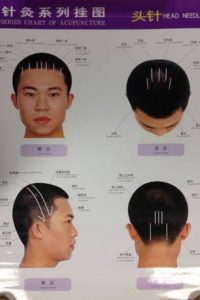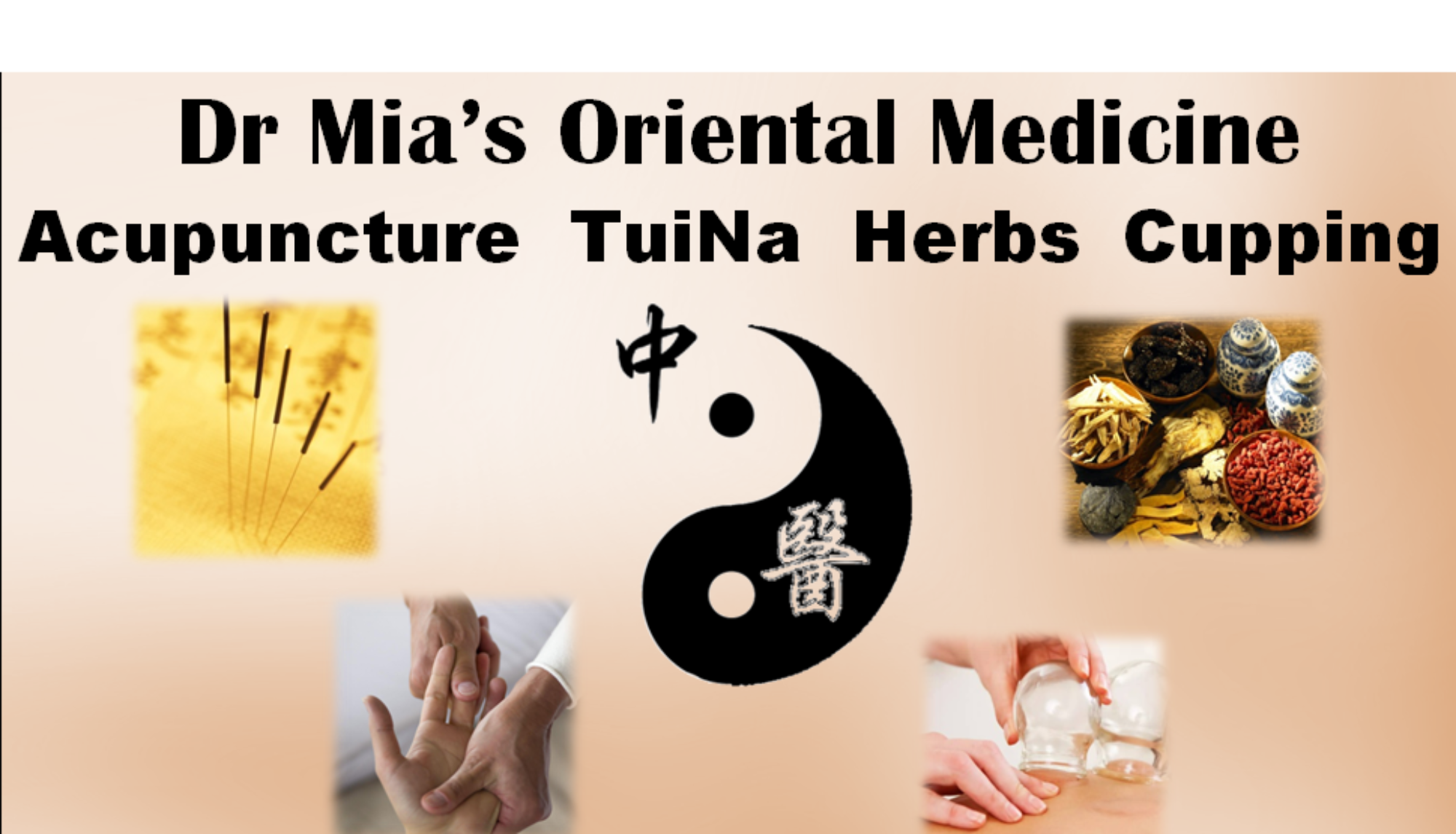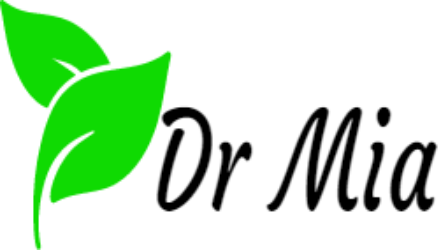Scalp Acupuncture Points: A Comprehensive Introduction
1. Overview of Scalp Acupuncture
Scalp acupuncture is a specialized form of microsystem acupuncture that combines:
– Traditional Chinese Medicine meridian theory
– Modern neuroanatomical understanding
– Functional mapping of cerebral cortex projections
This therapeutic approach establishes precise correlations between specific scalp areas and corresponding body functions, making it particularly effective for neurological disorders and systemic conditions.
2. Fundamental Theoretical Foundations
2.1 Traditional Chinese Medicine Basis
– Meridian Connections: The scalp is traversed by multiple meridians, particularly the Du Mai (Governing Vessel) and Bladder channels
– “Sea of Marrow” Concept: From Huangdi Neijing, emphasizing the brain’s role in governing mental and physical functions
– Yang Energy Convergence: The head is regarded as the meeting point of all yang energies in the body
2.2 Modern Neurophysiological Basis
– Cortical Homunculus Representation: Scalp areas correspond to motor/sensory cortex mappings
– Neuroplasticity Activation: Stimulation promotes neural reorganization and recovery
– Somatotopic Organization: Specific scalp zones relate to particular body regions
3. Major Scalp Acupuncture Systems
3.1 Standard International Scalp Acupuncture Zones
Frontal Zone (Mental Area)
– Location: 1-2 cun above the eyebrows
– Functions: Mental disorders, cognitive functions
– Sub-areas:
– Middle Frontal: Emotional regulation
– Lateral Frontal: Speech functions
Vertex Zone (Motor Area)
– Location: Along the Du Mai (GV) channel
– Functions: Motor control, balance
– Key points:
– GV20 (Baihui): Central regulatory point
– Motor Cortex Area: Movement disorders
Temporal Zone
– Location: Above the ears
– Functions: Sensory processing, equilibrium
– Applications: Vertigo, hearing disorders
3.2 Jiao Shunfa System (Most Clinically Applied)
Motor Area
– Upper 1/5: Lower limb control
– Middle 2/5: Upper limb control
– Lower 2/5: Facial movement
Sensory Area
– Parallels motor area organization
– Treats sensory impairments and pain
3.3 Zhu Scalp Acupuncture System
Therapeutic Lines Approach
– Dingnie Houxiexian: Post-stroke recovery
– Dingpangxian: Lumbar disorders
– Nieqianxian: Visual impairments
4. Clinical Application Guidelines
4.1 Needling Techniques
– Insertion: 30-45° angle, 1-1.5 cun depth
– Manipulation: Rapid rotation (200-300 rpm)
– Retention: 20-40 minutes
– Frequency: 2-3 sessions weekly for chronic cases
4.2 Treatment Principles
– Acute conditions: Intensive daily treatment
– Chronic conditions: Gradual progressive therapy
– Combination therapy: Enhanced with body acupuncture
5. Safety Considerations
– Contraindications:
– Skull defects or recent craniotomy
– Severe bleeding disorders
– Intracranial hemorrhage (acute phase)
– Precautions:
– Monitor blood pressure in hypertensive patients
– Gentle technique for elderly or weak patients
6. Clinical Advantages
– Rapid onset of therapeutic effects
– Non-pharmacological intervention
– Minimal systemic side effects
– Effective for refractory neurological conditions
This systematic approach to scalp acupuncture points integrates traditional wisdom with modern medical understanding, offering a powerful therapeutic tool for various health conditions. The precise localization and specialized needling techniques make it a unique modality in integrative medicine practice.
For optimal results, practitioners should combine scalp acupuncture with:
– Comprehensive TCM diagnosis
– Appropriate adjunct therapies
– Individualized treatment planning
Scalp acupuncture is indeed a specialized microsystem acupuncture technique with roots in traditional Chinese medicine (TCM), though its modern standardized form was developed more recently, particularly in the 20th century. However, as you mentioned, the concept of the head’s importance in health and treatment has deep historical foundations in classical Chinese medical texts.
Historical References Supporting Scalp Acupuncture
1. 《黄帝内经》Huang Di Nei Jing (Yellow Emperor’s Inner Canon)
– The “Essential Brightness” (精明之府) reference from 《素问·脉要精微论》 (Su Wen, Chapter 17) emphasizes that the head houses the essence of sensory and cognitive functions.
– The text also states:
> “头者,诸阳之会也” (“The head is the meeting place of all Yang energies.”)
This highlights the head’s role as a convergence point for Qi and Blood, influencing the entire body.
2. Ming Dynasty Physician Zhang Jiebin (张介宾, 1563–1640)
– In 《类经》 (Lei Jing, “Classified Classic”), he elaborated:
> “五脏六腑之精气,皆上升于头” (“The essential Qi of all Yin and Yang organs ascends to the head.”)
– This reinforces the idea that the head reflects and regulates systemic health.
3. Other Classical References
– 《灵枢·邪气脏腑病形》 (Ling Shu, Chapter 4) mentions that the “Twelve Meridians and Three Hundred Sixty-Five Collaterals all connect to the head and face.”
– 《针灸大成》 (Compendium of Acupuncture, 1601, Yang Jizhou) describes scalp points for conditions like headaches and dizziness.
Modern Scalp Acupuncture Development
While classical texts recognized the head’s importance, modern scalp acupuncture systems (e.g., Jiao Shunfa’s model, 1971) mapped specific brain-corresponding zones for neurological disorders (stroke, paralysis, Parkinson’s). These were influenced by:
– Western neuroanatomy.
– TCM meridian theory (e.g., the Du Mai Governor Vessel running over the scalp).
Scalp Acupuncture: Clinical Applications and Therapeutic Mechanisms
Introduction
Scalp acupuncture is a specialized therapeutic modality within traditional Chinese medicine (TCM) that involves stimulating precise zones on the scalp to treat neurological, musculoskeletal, and systemic disorders. Combining ancient meridian theory with contemporary neuroanatomical understanding, this technique has gained recognition for its efficacy in stroke rehabilitation, pain management, and neurological conditions.
Clinical Applications
1. Neurological and Motor Function Disorders
Scalp acupuncture demonstrates significant therapeutic potential in neurological rehabilitation, particularly in:
– **Post-Stroke Recovery**: Improves motor function, speech disorders (aphasia), and reduces spasticity.
– **Parkinson’s Disease**: Alleviates tremors, rigidity, and bradykinesia by modulating basal ganglia activity.
– **Multiple Sclerosis (MS)**: Enhances coordination and reduces neuropathic symptoms.
– **Cerebral Palsy**: Promotes motor development and decreases muscle hypertonia.
– **Peripheral Neuropathy**: Mitigates sensory disturbances such as numbness and neuropathic pain.
2. Pain Management
The technique is widely applied in pain conditions due to its neuromodulatory effects, including:
– **Chronic Headaches (Migraine, Tension-Type)**: Stimulation of vertex and temporal zones reduces headache frequency and intensity.
– **Trigeminal Neuralgia**: Targets facial pain pathways for symptomatic relief.
– **Spinal Disorders (Herniated Disc, Sciatica)**: The **Foot Motor-Sensory Area** is frequently needled to alleviate radicular pain.
– **Postoperative and Musculoskeletal Pain**: Provides analgesia without pharmacological side effects.
3. Mental and Cognitive Disorders
Scalp acupuncture influences neurochemical regulation, benefiting:
– **Depression and Anxiety**: Modulation of the **Frontal Cortex Zone** enhances serotonin and dopamine activity.
– **Insomnia**: Calms Shen (spirit) disturbances, often combined with **Sishencong (EX-HN1)**.
– **Epilepsy and ADHD**: Reduces seizure frequency and improves focus by stabilizing cortical excitability.
4. Systemic and Internal Medicine Conditions
Beyond neurological applications, scalp acupuncture regulates visceral function, assisting in:
– **Hypertension**: The **Vertex Zone** helps stabilize blood pressure.
– **Vertigo and Ménière’s Disease**: Improves vestibular function and reduces dizziness.
– **Gastrointestinal Disorders (IBS, Gastritis)**: Stimulation of the **Stomach and Liver Zones** enhances digestive function.
Therapeutic Mechanisms
1. Traditional Chinese Medicine (TCM) Perspective
– **Convergence of Yang Meridians**: The scalp is where all Yang channels meet, making it a potent site for systemic regulation.
– **”Sea of Marrow” (髓海) Concept**: Governs cognitive and motor functions, linking scalp stimulation to brain vitality.
– **Organ-Meridian Correlations**: Specific scalp zones correspond to Zang-Fu organs, allowing targeted treatment of internal disorders.
2. Modern Biomedical Explanations
– **Neuroplasticity Induction**: Promotes cortical reorganization in stroke and traumatic brain injury.
– **Cerebral Blood Flow Enhancement**: Increases perfusion to ischemic brain regions.
– **Neurotransmitter Modulation**: Influences dopamine, serotonin, and GABA pathways, benefiting movement and mood disorders.
– **Gate Control Theory of Pain**: High-frequency needle stimulation inhibits nociceptive signals.
Major Scalp Acupuncture Systems
Several standardized systems guide clinical practice:
– **Jiao Shunfa Scalp Acupuncture (1971)**: Maps brain motor/sensory cortices for stroke and paralysis.
– **Fang’s Scalp Acupuncture**: Integrates TCM meridians with functional neuroanatomy.
– **Zhu’s Scalp Acupuncture**: Uses “therapeutic lines” for chronic pain and mental health conditions.
– **YNSA (Yamamoto New Scalp Acupuncture)**: A Japanese microsystem effective for acute pain.
Treatment Techniques
– **High-Speed Needle Rotation (200+ RPM)**: Induces strong Qi sensation for motor recovery.
– **Electroacupuncture Stimulation**: Augments effects in chronic pain and neuropathy.
– **Retained Needle Therapy (30–60 minutes)**: Common in neurological rehabilitation.
Conclusion
Scalp acupuncture represents a sophisticated integration of TCM principles and modern neuroscience, offering a minimally invasive yet powerful intervention for neurological rehabilitation, pain management, and systemic disorders. Its evidence-based applications continue to expand, reinforcing its role in integrative medicine.

Scalp Points
Scalp Points and Lines are widely used to treat
• Interior Conditions
• Hemiplegia
• Neurological Disorders
• Balancing Disorders
• Headache and Migraine
• Tremor
• Addiction Withdrawing Symptoms
• Ophthalmological disorders
• ENT Conditions
• …………….And Much More


